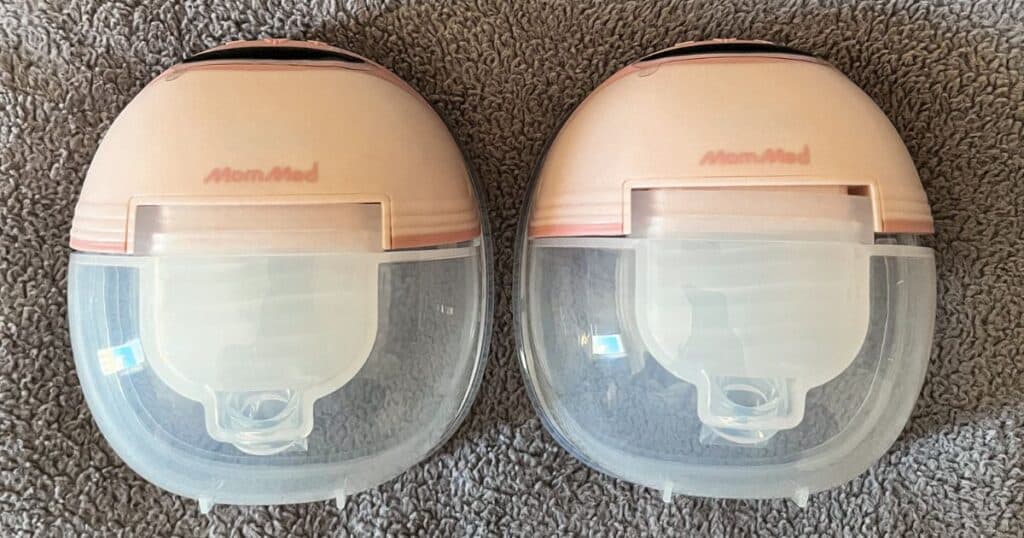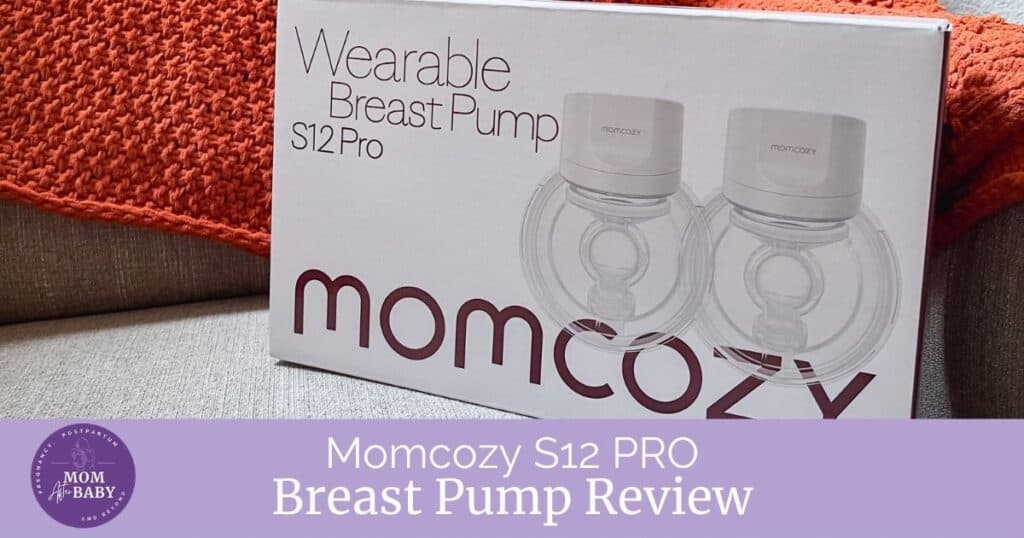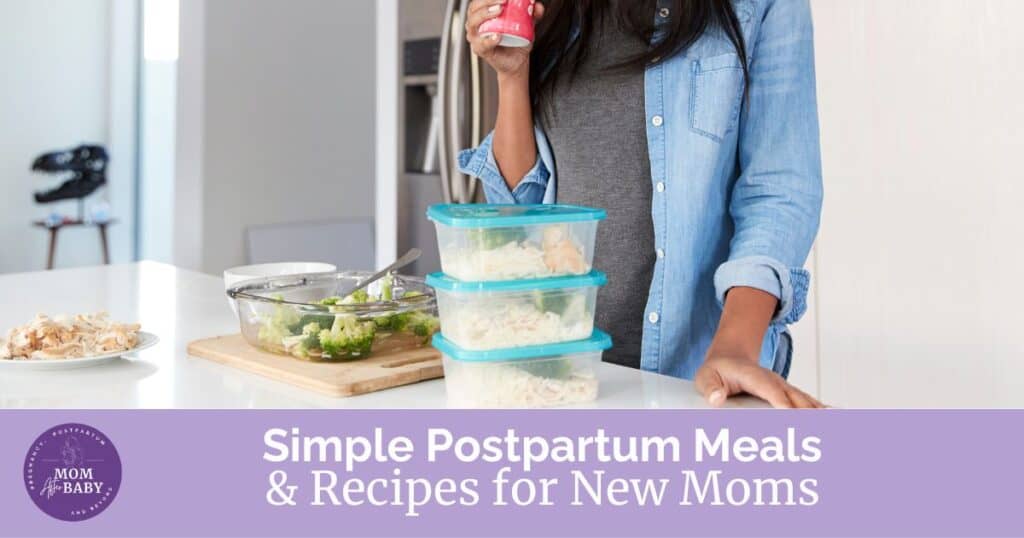Newborn baby care tips for new moms
This post may contain affiliate links that I may receive a commission from if you click & buy. In addition, the information on this site is NOT intended to be medical advice. See my full policy for more information.
When any mother (or father) brings home their new baby — life can feel a little bit scary. There is no manual to raising a baby. Needless to say, it can be a sweet, yet, overwhelming time for new parents. Rest assured, these baby care tips for new moms and first time parents can lift some of the weight off your shoulders.
The one thing new moms need to remember at all times is that they CAN do this. Whatever the challenge may be, no matter how much time is spent feeling confused and unsure — you have the strength of the parent now. The kind that will always be there to lift you up to ensure your baby’s needs are met. Now, if you’re having a hard time or anticipate some challenges, these newborn care tips will help.
Understanding Newborn Care Basics
As long as you have the basics of baby’s needs down, you really are good to go. The rest is trial and error — learning what does and doesn’t work for your family and understanding your baby’s cues when something is off. Below, these tips will help you gain a better understanding of the care of your baby.
Breast Feeding or Bottle Feeding
The good news? You don’t need to make any hard decisions whether or not you will be breastfeeding or bottle feeding. What you should do, however, is prepare yourself for whichever avenue you think you will be taking. If you’re thinking bottle feeding might be better for you, start learning about baby formulas and which one could be best for your baby. If you think you’ll be breastfeeding, take a breastfeeding class to help you prepare for EVERYTHING that comes with the territory (how-to, challenges, where to get help, etc…).
You’ll also need to know that newborns LOVE to eat. They’re hungry, growing, tiny little humans, but boy, can they eat. Below is a rough guideline on how much you can expect your infant to be eating during those early days.
How much do breastfed babies need to eat?
It’s important to know that when a mom breastfeeds (unless she’s pumping) it will be impossible to track how many ounces the baby is consuming. Instead, it’s extra important to pay attention to how many wet/soiled diapers they have on a daily basis. A good rule of thumb is:
- A 2-3 day newborn should have 2-4 wet diapers per day
- A 4 day old newborn should have 4-6 wet diapers per day
- After the 5th day, your baby should be averaging at least 6+wet diapers per day
Most breastfed newborns will nurse every one to three hours. Sometimes they’ll begin cluster feeding ( a type of feeding where they will latch and unlatch or show signs they’re done nursing just to initiate another feeds moments later on repeat) and it’s completely normal. If you’re ever worried your baby isn’t gaining weight, producing enough wet diapers, or is malnourished, you should notify your child’s pediatrician right away.
How much do formula-fed babies need to eat?
According to the American Academy of Pediatrics, during the first few days of life, a formula-fed baby will likely only eat 1 to 2 ounces of formula every 2 to 3 hours. By the 2nd week, that amount should increase to 2 to 3 ounces per feed. While bottle feeding, you’re able to track how many ounces your baby is eating, but paying attention to wet diaper output is still important. Another thing to monitor is if your baby is constantly spitting up large amounts after a feed. If they are, this could be a sign they’re eating too much. One technique for bottle-feeding babies that I love (and I even used it with my first who was combo-fed) is called “pace feeding”.
Pace feeding aims to mimic the natural latch and milk intake of nursing a baby. It allows your baby to get just enough milk at their own pace without taking in too much milk or air. To watch a video demonstration on how to pace feed your baby, watch it here.
For moms who formula feed, most formula companies have samples you can try before buying in a large tub. Below are some of the most common brands you can sample:
- Similac Strong Mom Rewards
- Enfamil Family Beginnings
- Kabrita USA (Goat Milk Formula)
- Parent’s Choice Formula Samples (non-free)
- Nature’s One Free Sample Program
You can also ask your hospital after delivery if they have any samples they can send home with you, more often they’re more than happy to spare a few samples.
Understanding baby cries
Our sweet little bundle of joy relies on crying to communicate to us after birth.
Unfortunately for us, it can take time to get familiar with their little cries, grunts, and noises to decipher what they need.
However, as a mama who has been in that situation before, I’m going to share some of the differences between these common baby cries that can possibly indicate things like hunger, being tired, etc….
Baby Hunger Cry
The good thing about hunger cries is that baby will typically begin rooting with their mouths while simultaneously repeating a low-pitched cry. The rooting on it’s own almost always gives away the “I’m HUNGRY NOW” sign. You may even notice them sucking on their fingers or lip-smacking.
Baby Gas/Colic Cry
These ones are horrible because they truly just break your heart a bit. You’ll likely notice baby cries going from a simple cry to a full on scream. These cries can sometimes happen in the evening or after a feed if too much gas has built up and you may also physically be able to notice baby has a bloated belly.
Sleepy Baby Cry
Again, this one also comes accompanied by some obvious physical signs which can make it easier to decipher. Whenever baby is sleepy, you will likely notice them begin rubbing their faces, turning their heads side to side, squinting their eyes (think of what we would be doing when we’re exhausted). Then, when those signs go unnoticed, you’ll likely start to hear a whining-type cry.
Newborn baby care tips for new moms
Managing Baby Sleep (or lack of sleep)
When it comes to newborn sleep, I think a lot of us just become so sleep deprived we’re desperate for baby to sleep! We start wondering what we can do and how can we get them to sleep through the night.
However, one of the biggest key factors to remember is that the majority of babies are NOT developmentally ready to start consolidating sleep until they reach the 5-month-old mark.
So that brings us to the next piece…SHORT naps/sleep intervals are totally normal for newborns!
Did baby only sleep for 35 mins and now they’re ready to eat again? Totally normal.
Don’t lose all hope yet…although your newborn baby may not be ready for those long stretches of consistent sleep in their schedule…there are SOME WAYS you can start setting up for a healthy sleep foundation now!
One of which, is learning about baby sleep from my favorite baby sleep expert, Cara of Taking Cara Babies.
Cara’s newborn baby sleep class is FILLED with so much information to help you understand your baby’s sleep needs, how to help set up a healthy sleep foundation and help calm your baby on even the fussiest of days!
It’s one of my all-time favorite investments considering come 5 months old, my son was sleeping 12 hours through the night ALL from implementing Cara’s gentle yet effective methods through her classes!
Making time for your afterbirth recovery
This tip was bound to make it’s way in here because it’s 100% true. The newborn stage isn’t ALL about your newborn!
You, mama, need some TLC, rest, and recovery care too!
So, if you can, try to pass off some baby duties to your partner or support team so you can have a little bit of time to rekindle yourself.
This could mean doing things like:
- Taking a short nap during the day
- Finding time to take a bath or shower without interruptions
- Enjoying a nice hot cup of coffee/tea
- Pampering yourself
- Going on a solo shopping trip
How to master bath time with baby
First things first, I know you probably think our sensitive gentle little babies need to be SUPER CLEAN, but they don’t need a bath every day during the newborn stage.
Why?
Well, newborns really don’t do much to make themselves dirty! They’re not running around in dirt, playing outside or doing anything like a wild toddler would do (thank goodness, right?!).
In fact, the first couple of baths after bringing baby home will likely be a sponge bath for baby! This is to make sure you’re not submerging baby’s umbilical cord.
Once baby is ready for their first bath in the tub, I’d highly suggest using a baby sling tub (this is the closest one similar to what we used) or if you have a smaller sink, you could use a blooming bath!
Use a nice gentle baby wash and soft washcloth, keep it simple and quick since most babies don’t really have the tolerance for long baths, and moisturize them with a gentle baby lotion!
Umbilical Cord Care for baby
Keeping your baby’s little umbilical stump clean and dry is extra important over the next few days!
And whats the best way to keep their cord clean? Well, simply leave it alone!
Of course, if it gets dirty, you can use a little cotton swab with alcohol if absolutely needed, but according to the American Pregnancy Association, “most [pediatricians] now recommend leaving the stump completely alone because alcohol is believed to irritate the skin and sometimes delays healing.”
You also want to keep the area dry, so this means NO submerging baths. If baby’s cord gets wet, simply us a soft damp washcloth to pat it dry.
Lastly, if you ever notice any redness, oozing, swelling or irritation, be sure to notify your pediatrician right away as these could be signs of an infection!
How to swaddle baby
Oh the swaddle. The magical way of wrapping up baby to help them feel safe & secure.
Swaddling is something that takes practice, so if you aren’t getting the hang of it yet, don’t worry! In fact, this video below is a GREAT way demonstrating some of the various ways you can swaddle your baby!
Now, if you’ve tried all these ways and your baby is:
- constantly breaking out of their swaddle
- seeming uncomfortable or fussing non-stop in the swaddle
- you’re not able to swaddle them snug enough
Then I would really suggest looking into the following baby swaddles (they’re basically a cheat way to swaddle because they’re SO freakin’ easy to use! And newsflash — yes I used them!!):
Love to Dream Swaddle

This was ours AND my sons favorite swaddle for a LONG time. For whatever reason, he hated having his arms wrapped down. He’d constantly fight to get them up EVERY. SINGLE. TIME. And then eventually, I discovered these magical arms up swaddles. Simply place baby inside, tuck their arms into the pockets and zip up. It’s legit that easy!
The downside is these swaddles are a bit on the pricier side in my opinion, but considering how comfortable he was using them, it was well worth the purchase!
SwaddleMe Original Wrap

The SwaddleMe original wraps were initially what we started using when our muslin blankets and other swaddles kept failing.
Although this swaddle wrap WORKED EXCELLENT, it still requires baby’s hands to be down which just wouldn’t fly with my son.
However, if your little one feels comfortable with their arms down in the swaddle, I would highly suggest checking these out as they make swaddling ten times easier!
There you have it, I hope these baby care tips can make your life a bit easier, especially if you’re a new mama 🙂
What newborn baby care tips do you recommend for expecting moms?
Read more breastfeeding articles here:
20 Breastfeeding Hacks and Secrets Every New Mom Should Know
The Ultimate MomMed S21 Wearable Breast Pump Review
S10 Pro Hands-Free MomMed Breast Pump REVIEW
10 Tips for Successful Breastfeeding for New & Expecting Mothers
Momcozy Breast Pump Review for the S12 Pro (All You Need to Know!)
Body Armor Drink and Breastfeeding
13 Practical Ways to Fix An Unhappy Marriage After Baby
Cool Moms Don’t Sleep: 10 Tips for Exhausted New Moms
Best Leakproof Underwear For Moms (that’s NOT a diaper)
How To Grocery Shop With A Newborn (because we all know it’s insanely nerve-wracking)
Postpartum Body Image Struggles: 15 Confidence Boosting Tips
Freezer Meals for Postpartum: A Must for New Moms
Incredible Benefits of Taking Collagen While Breastfeeding & Postpartum

















My sleep training book was claiming 4 months is enough and I’ve consulted the pediatrician before we started and he said it was fine. But maybe it depends on the method, this one is very gentle. I don’t want to think about one more month of being a total zombie!